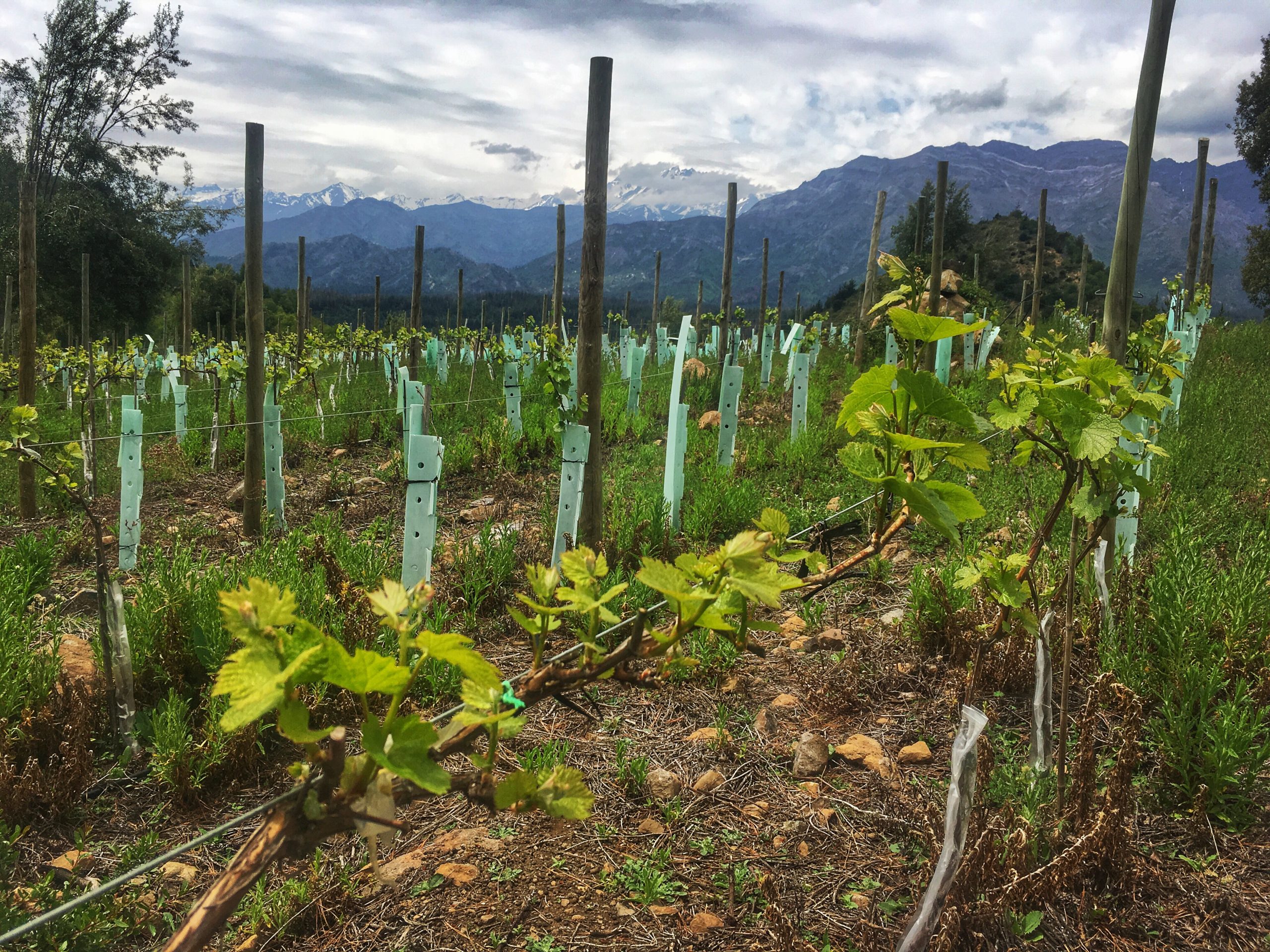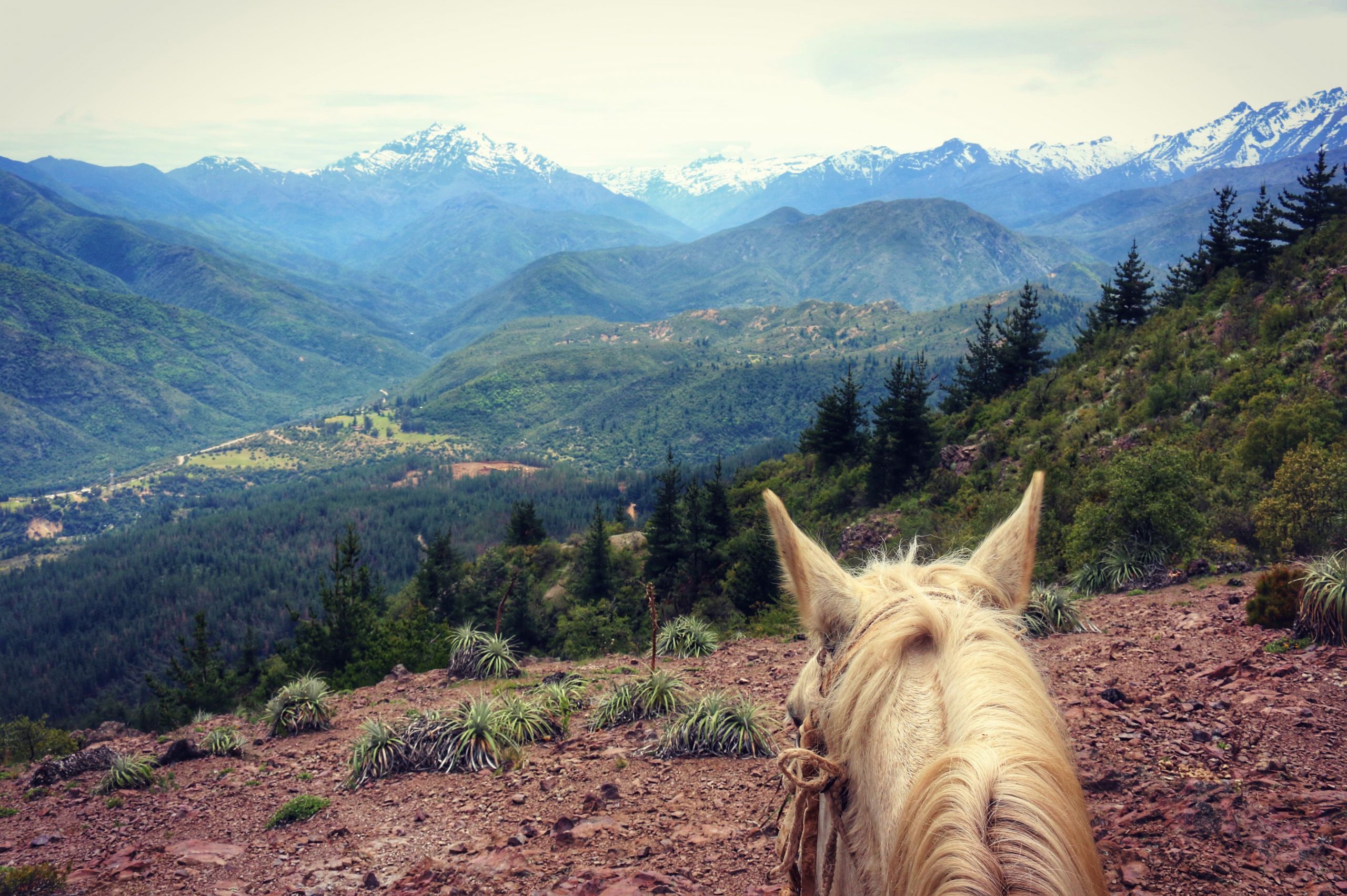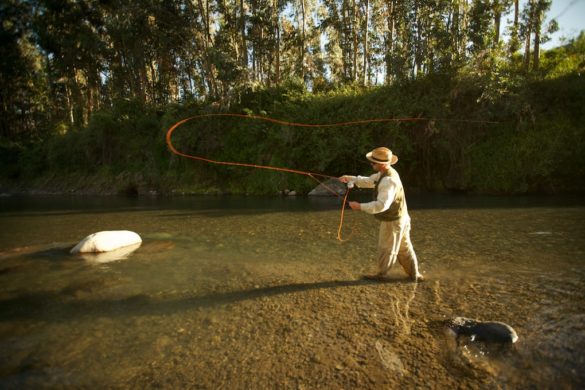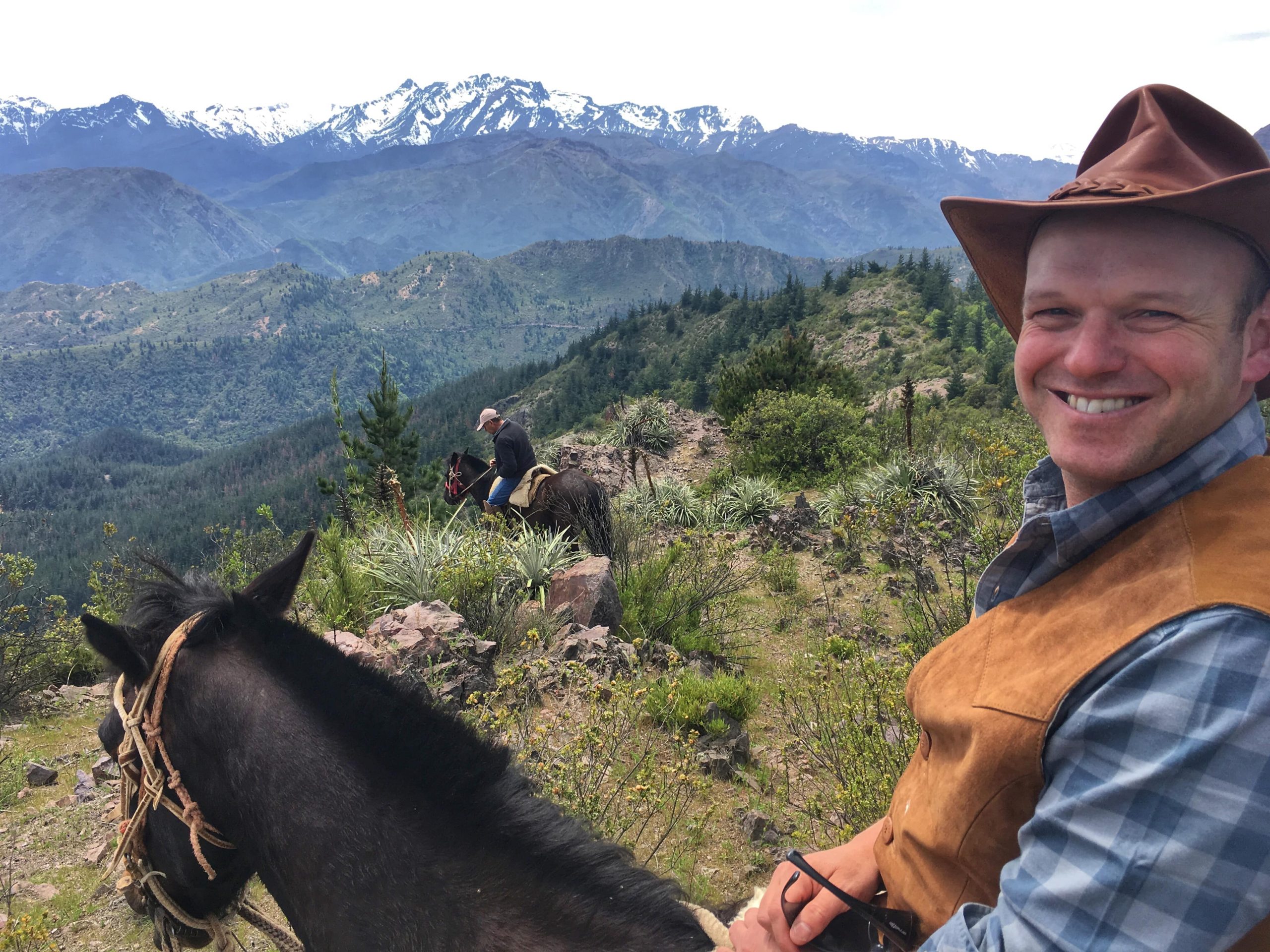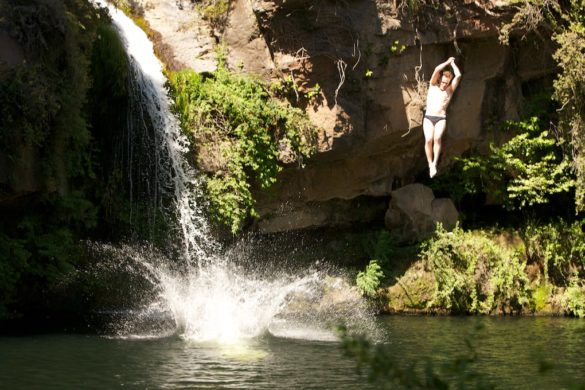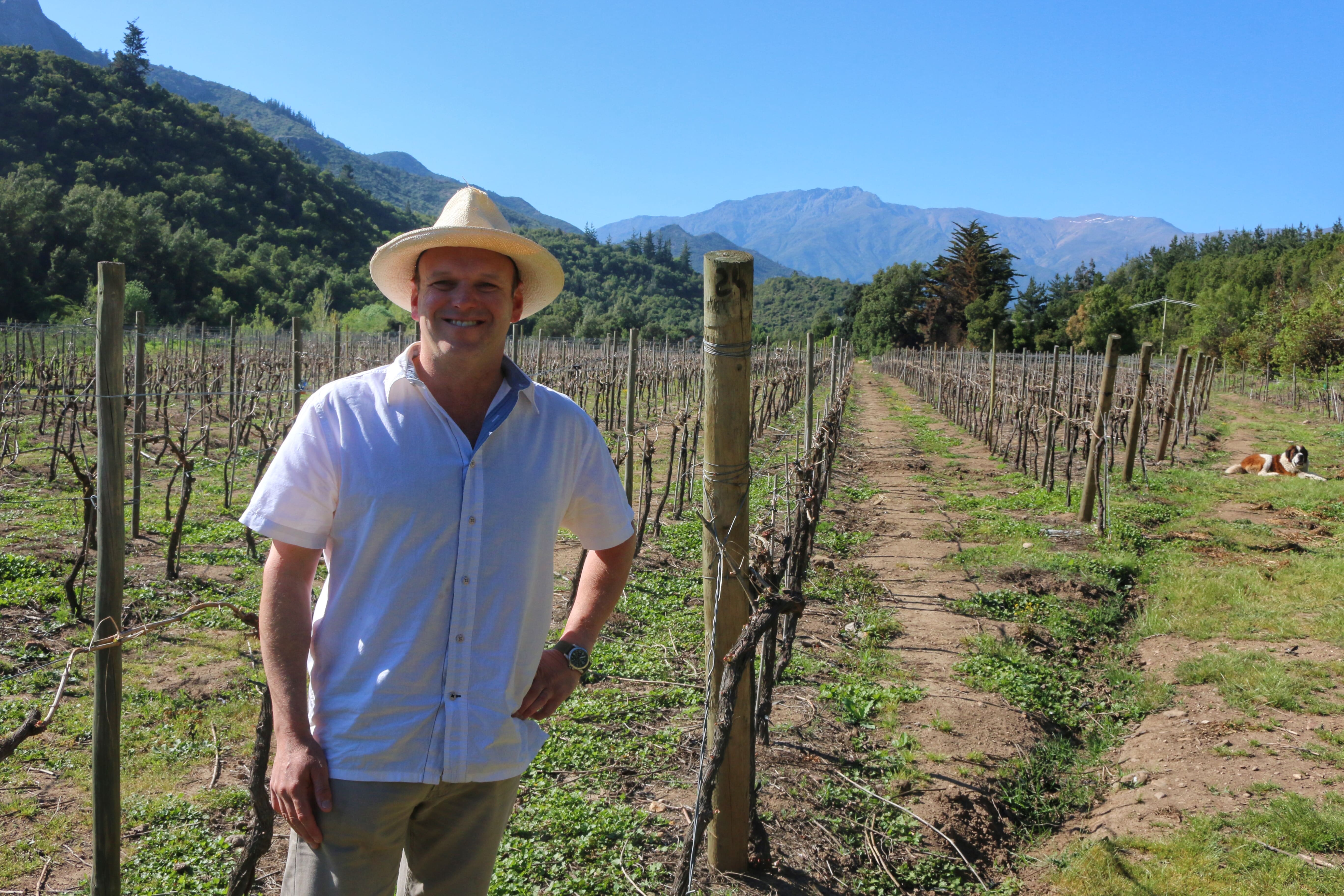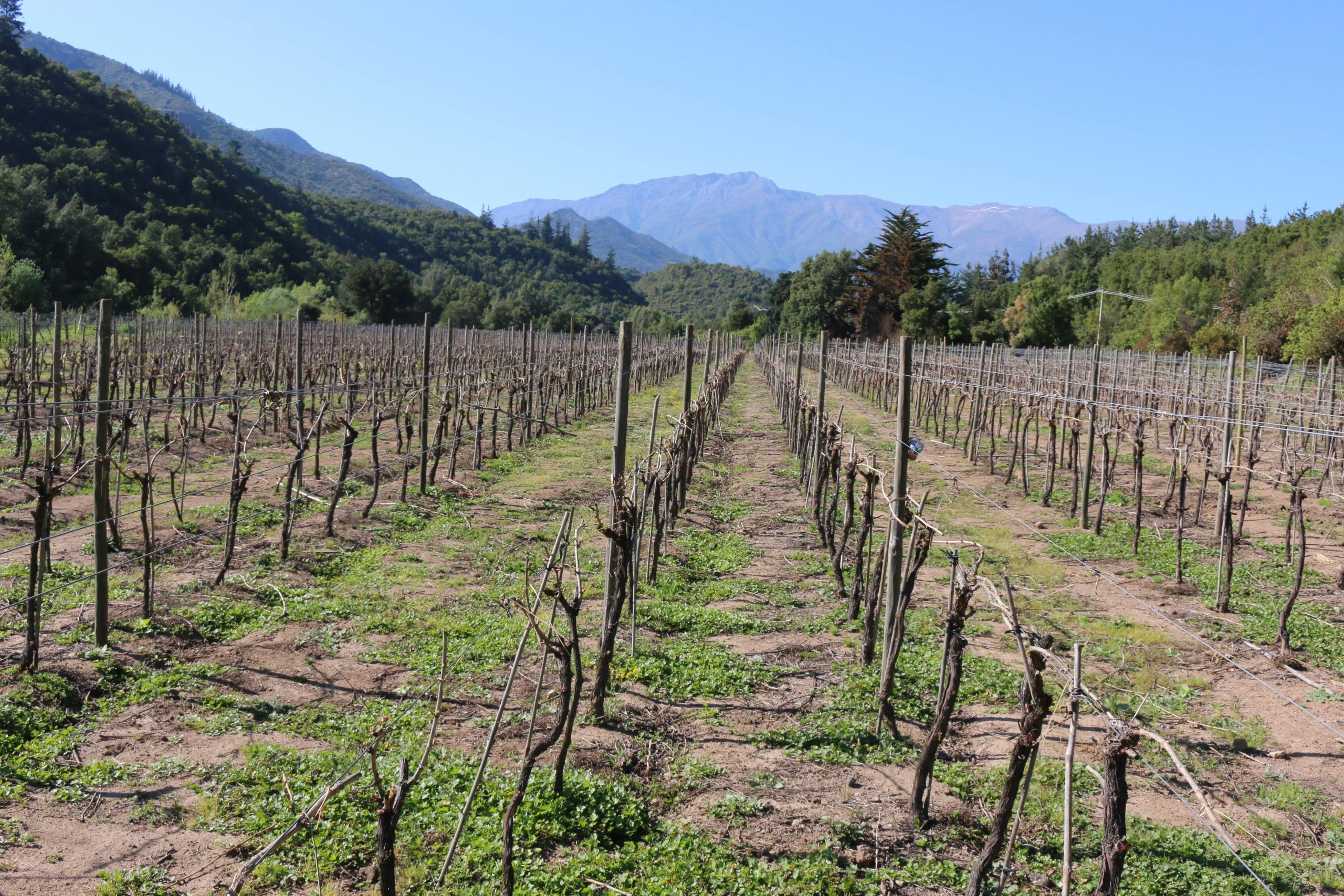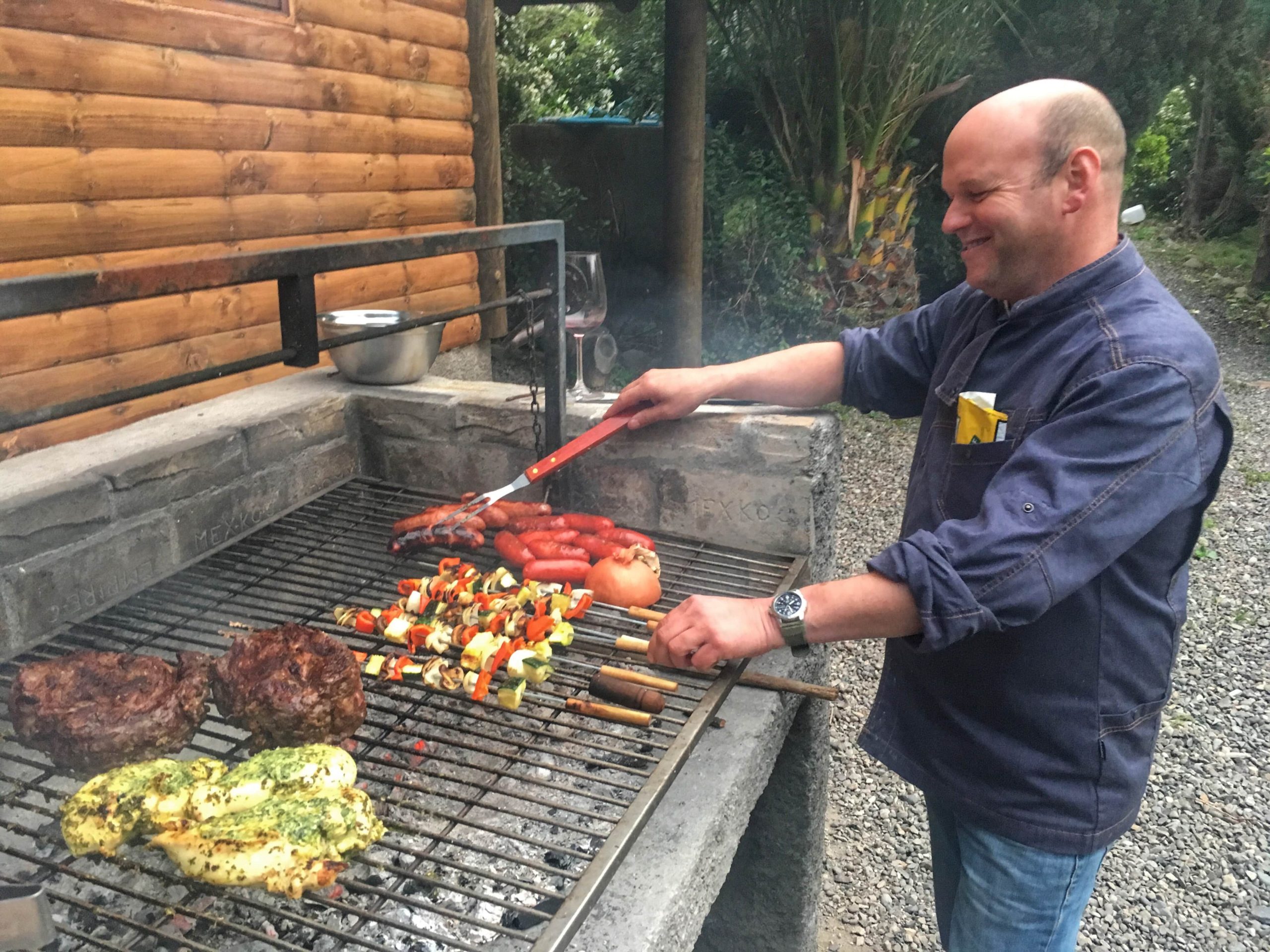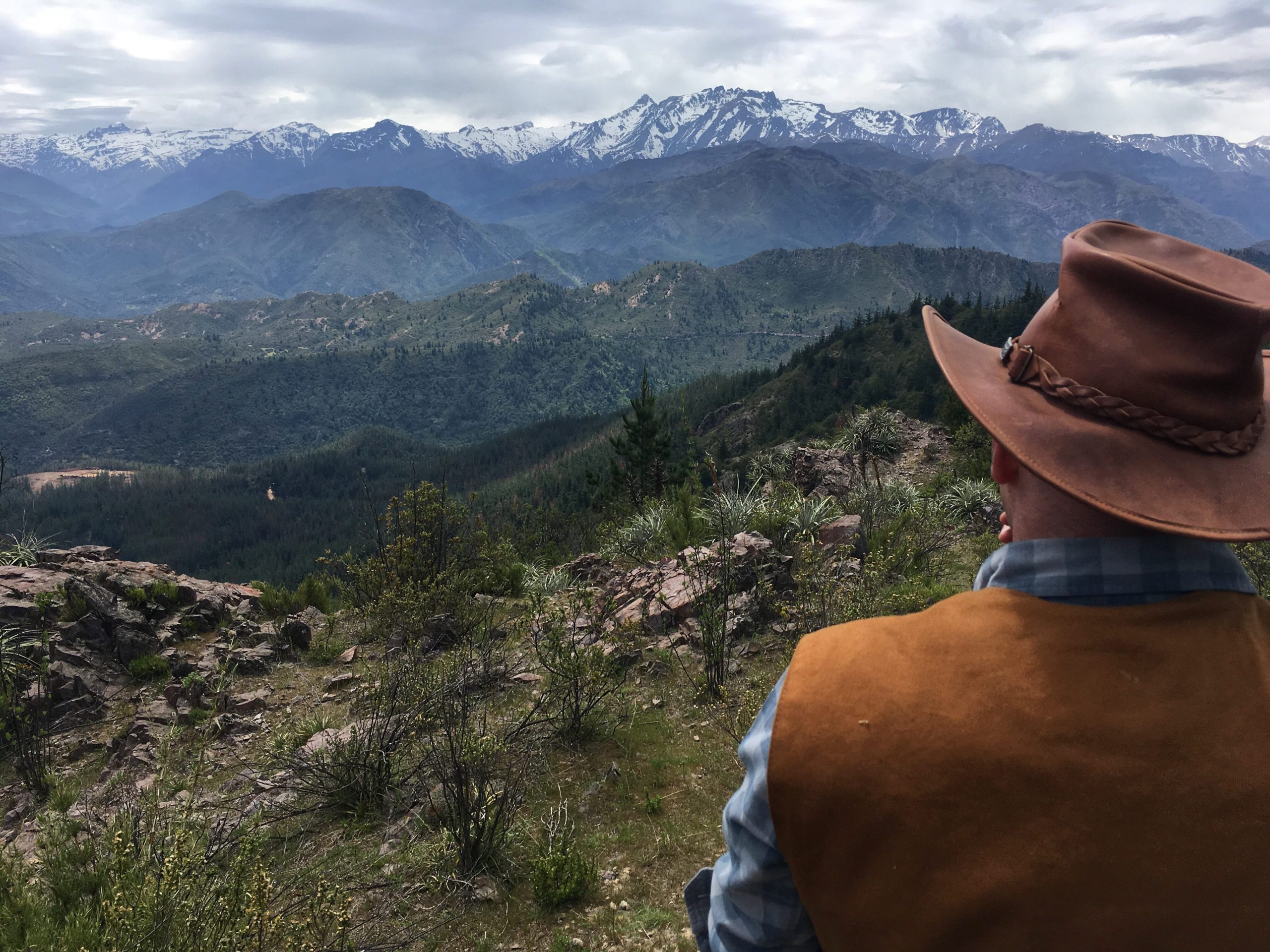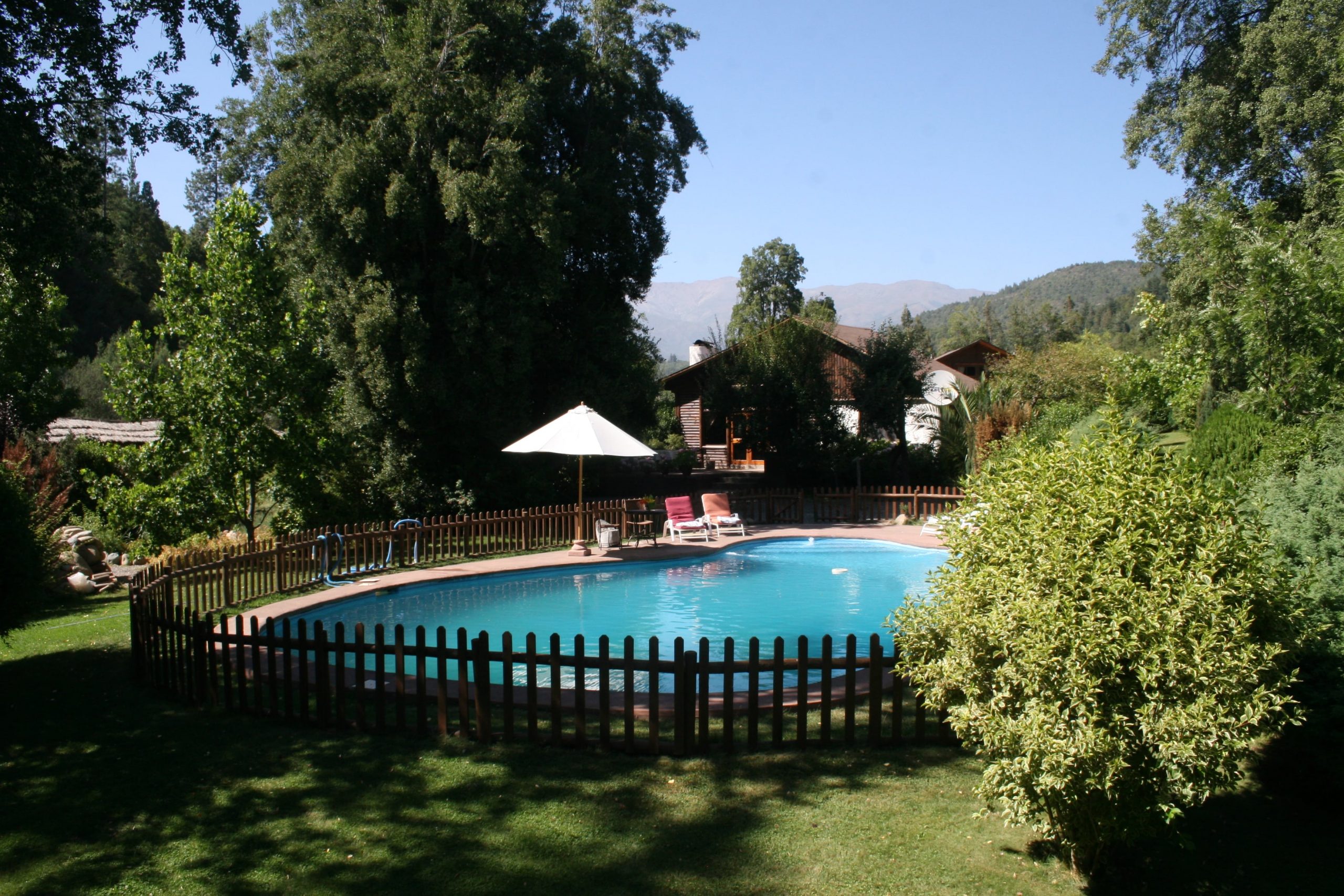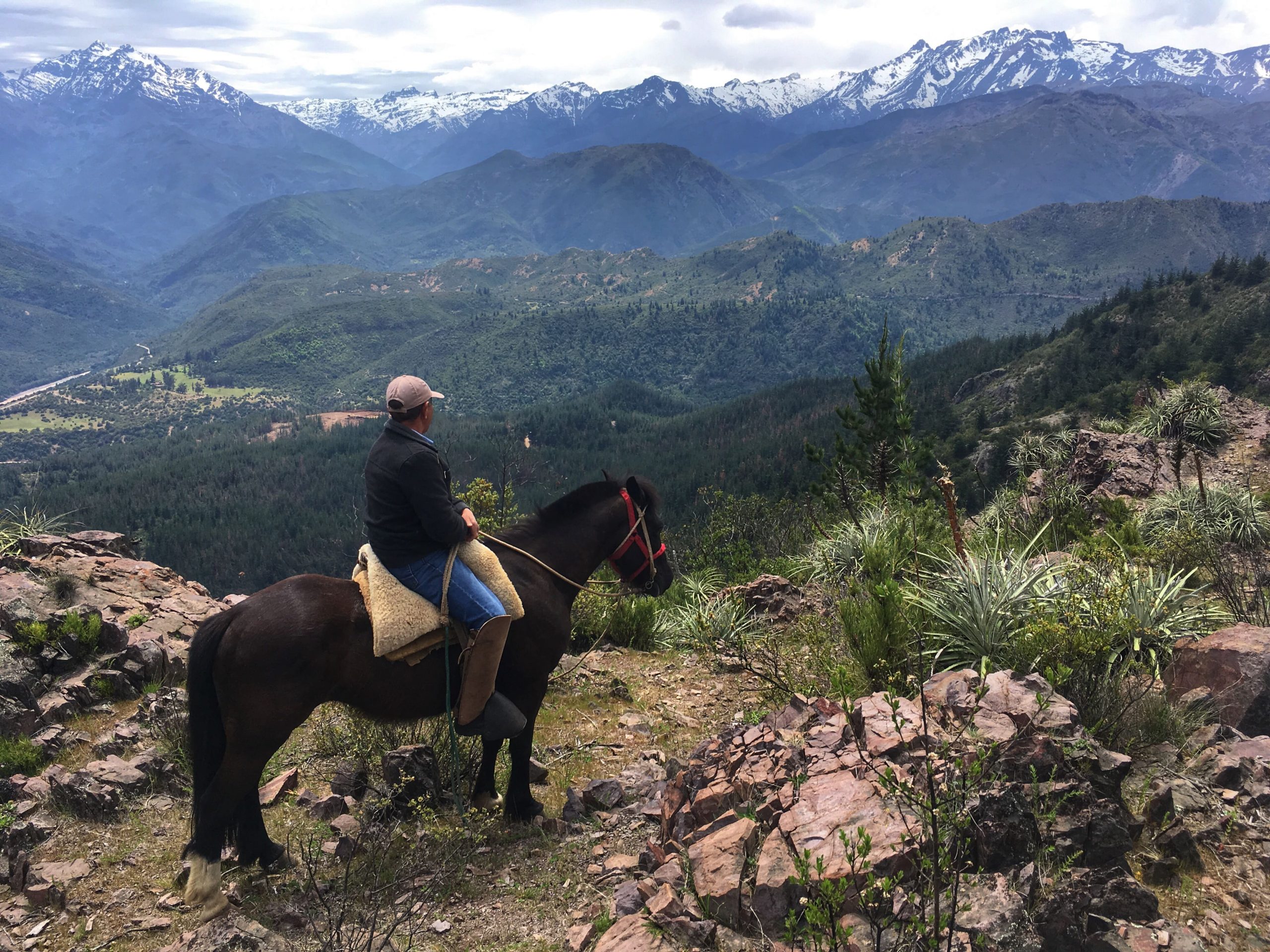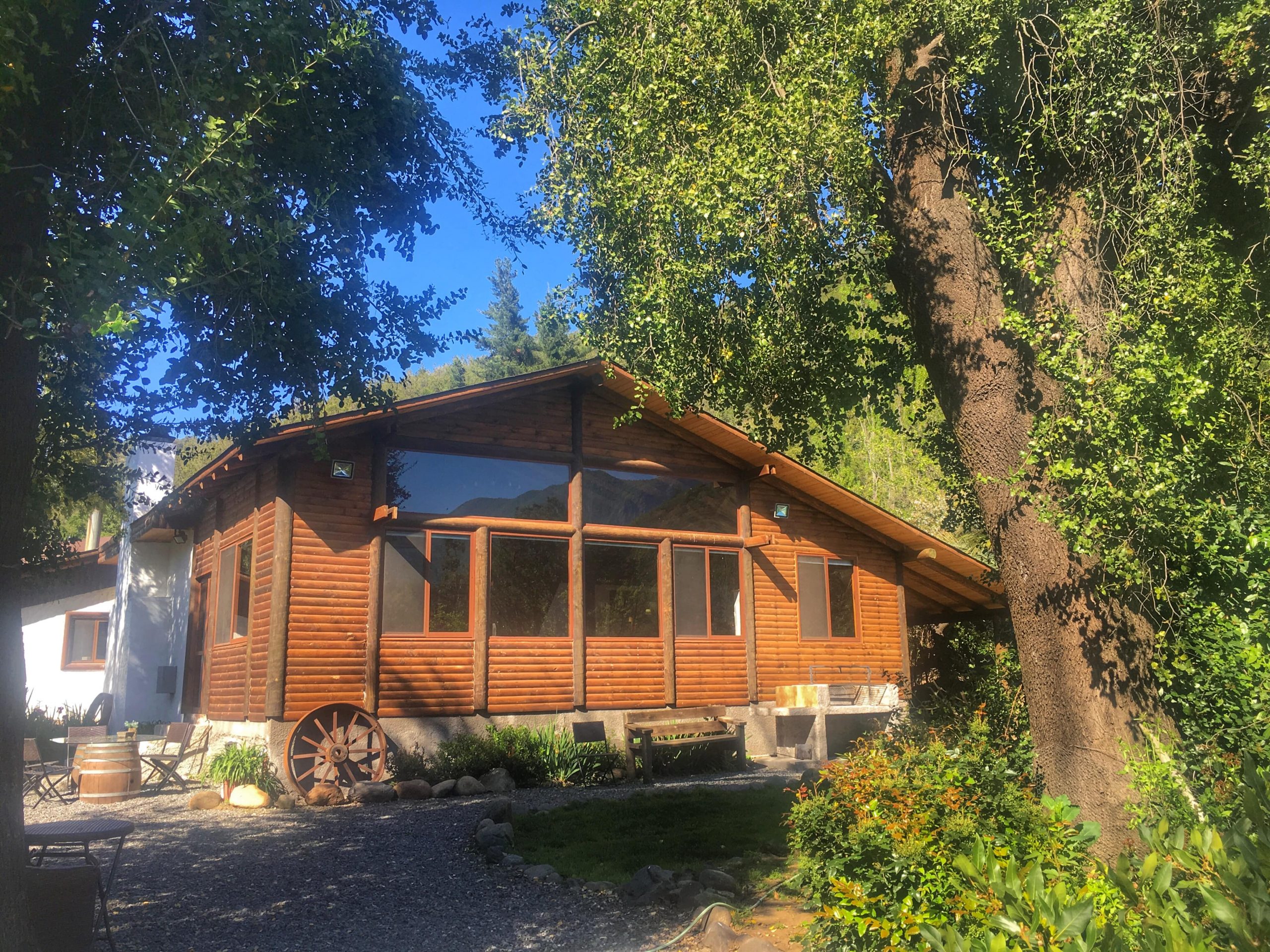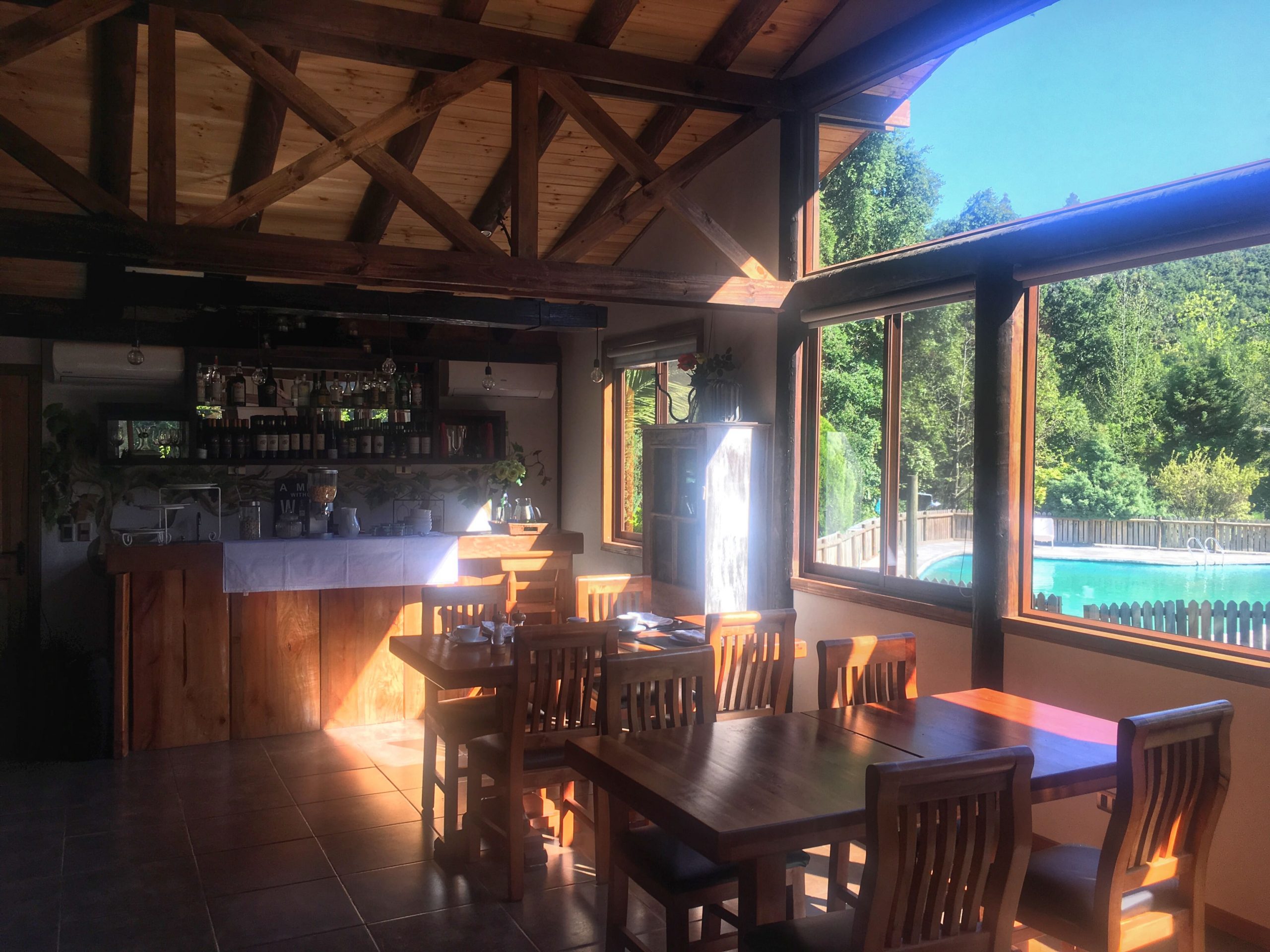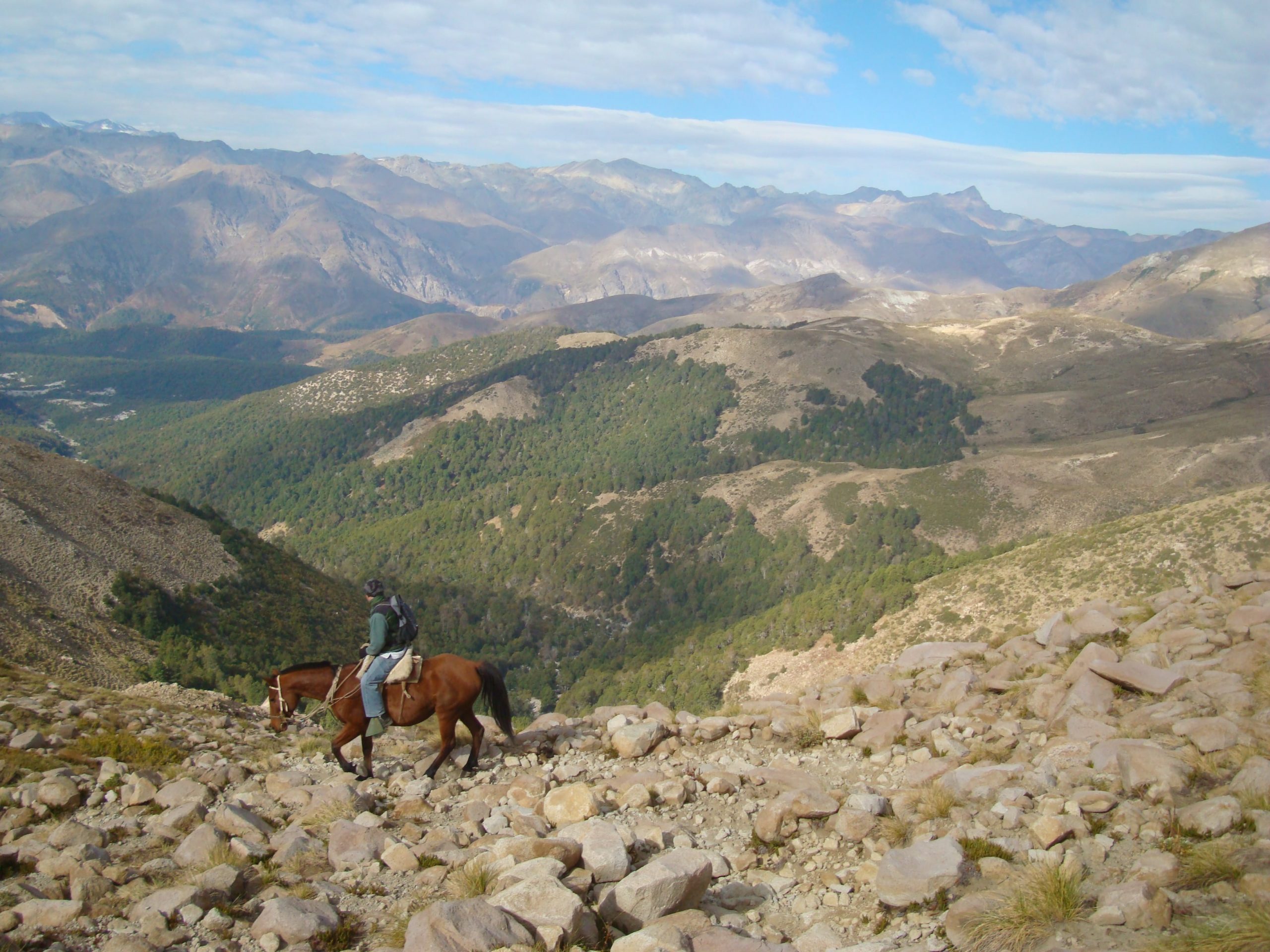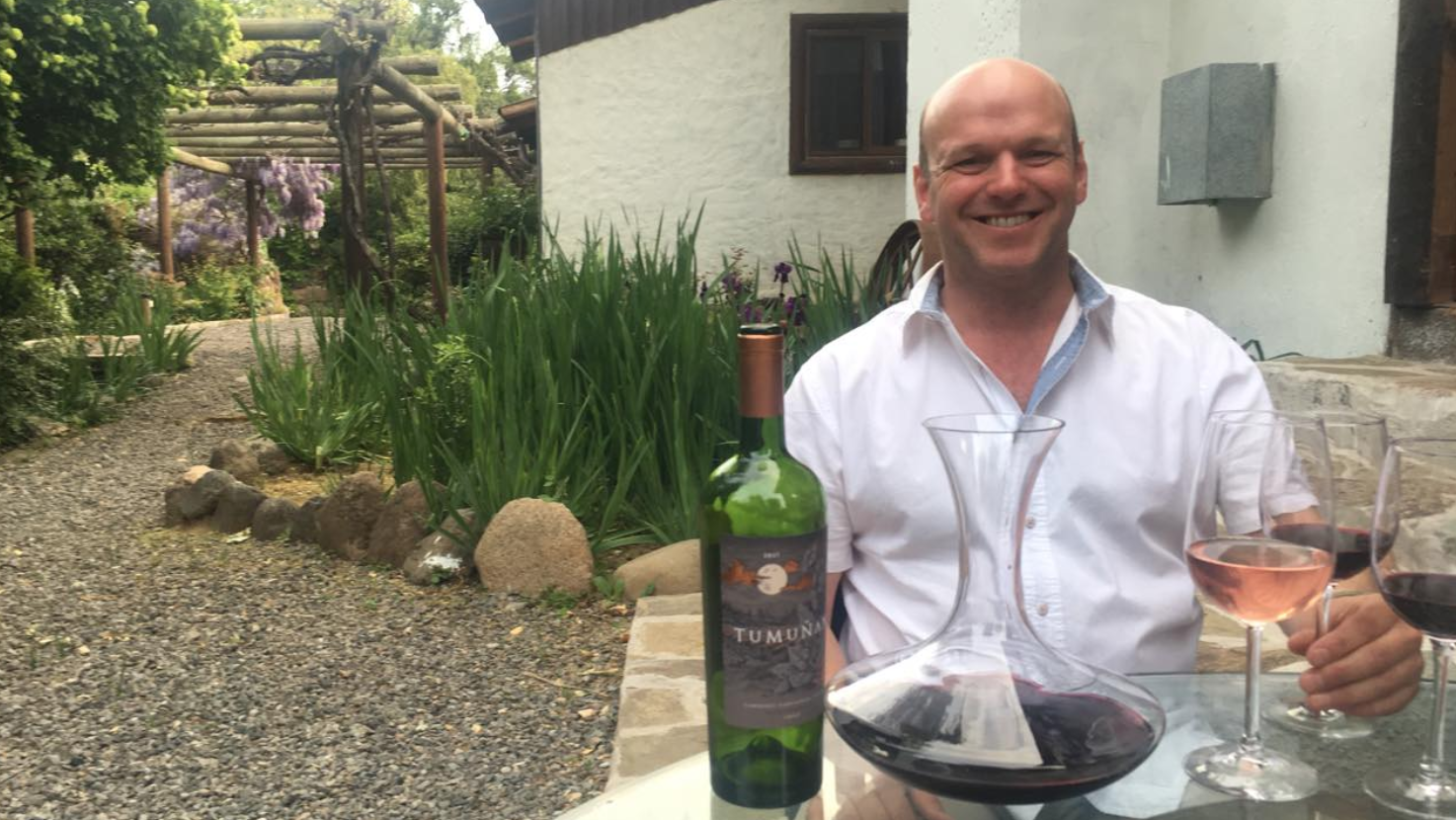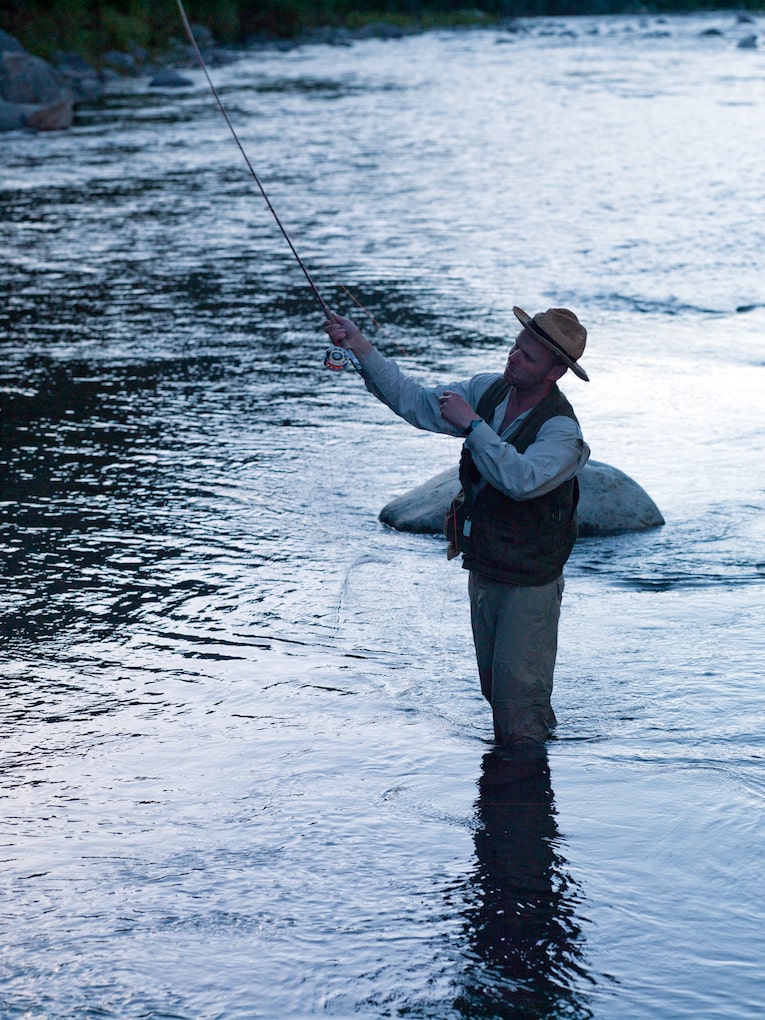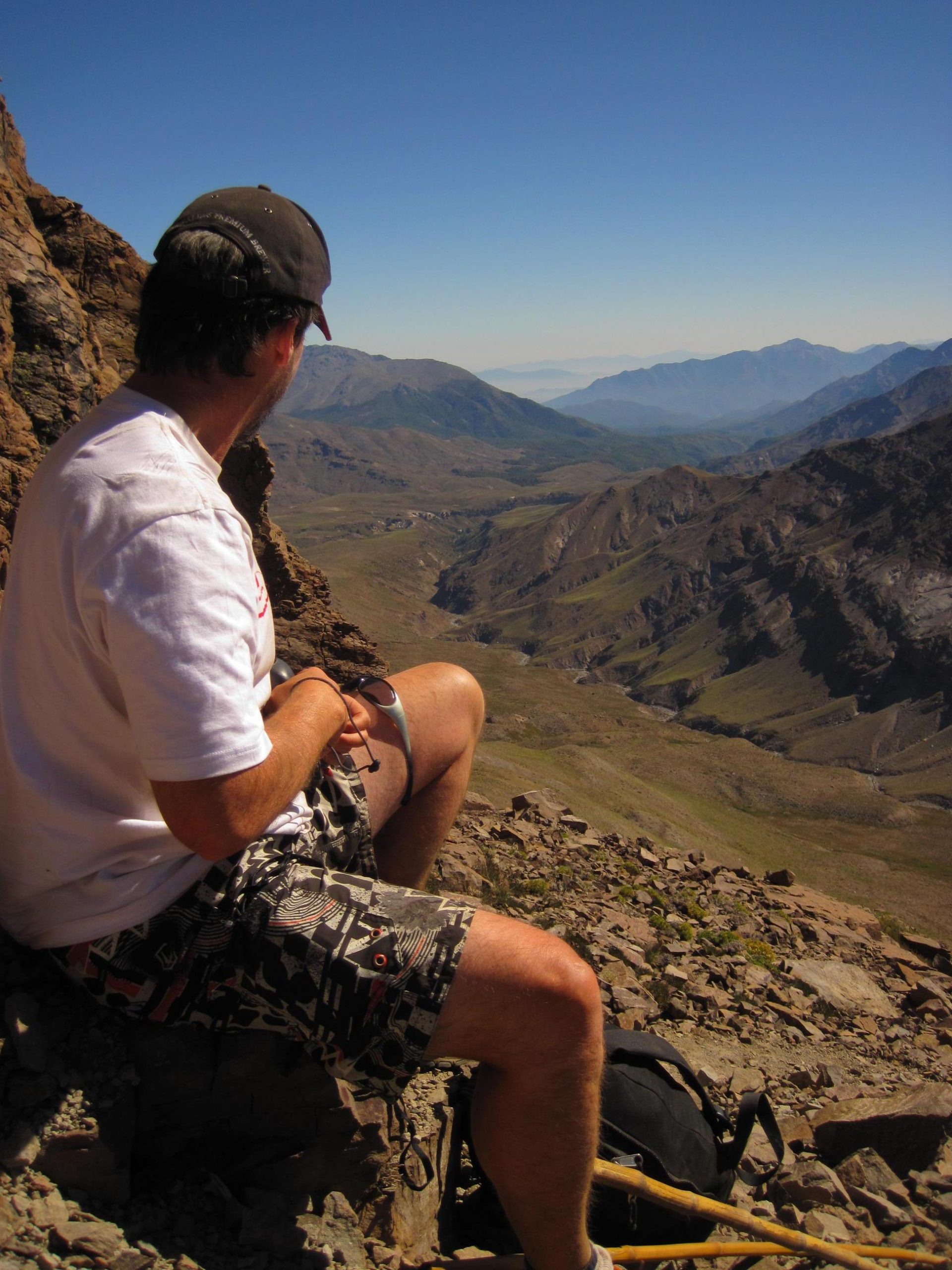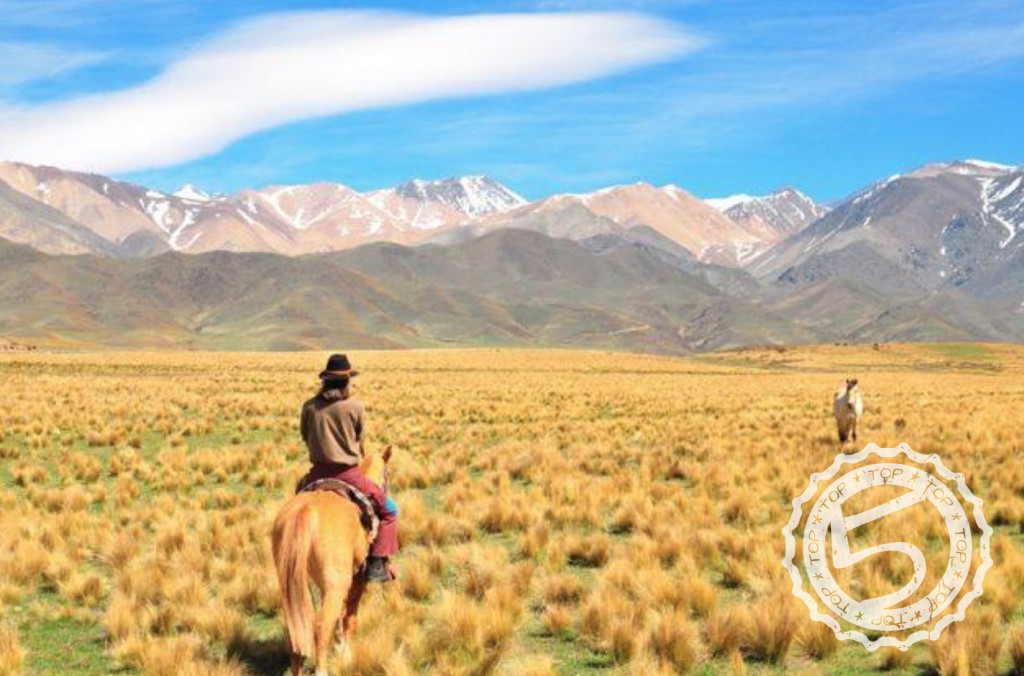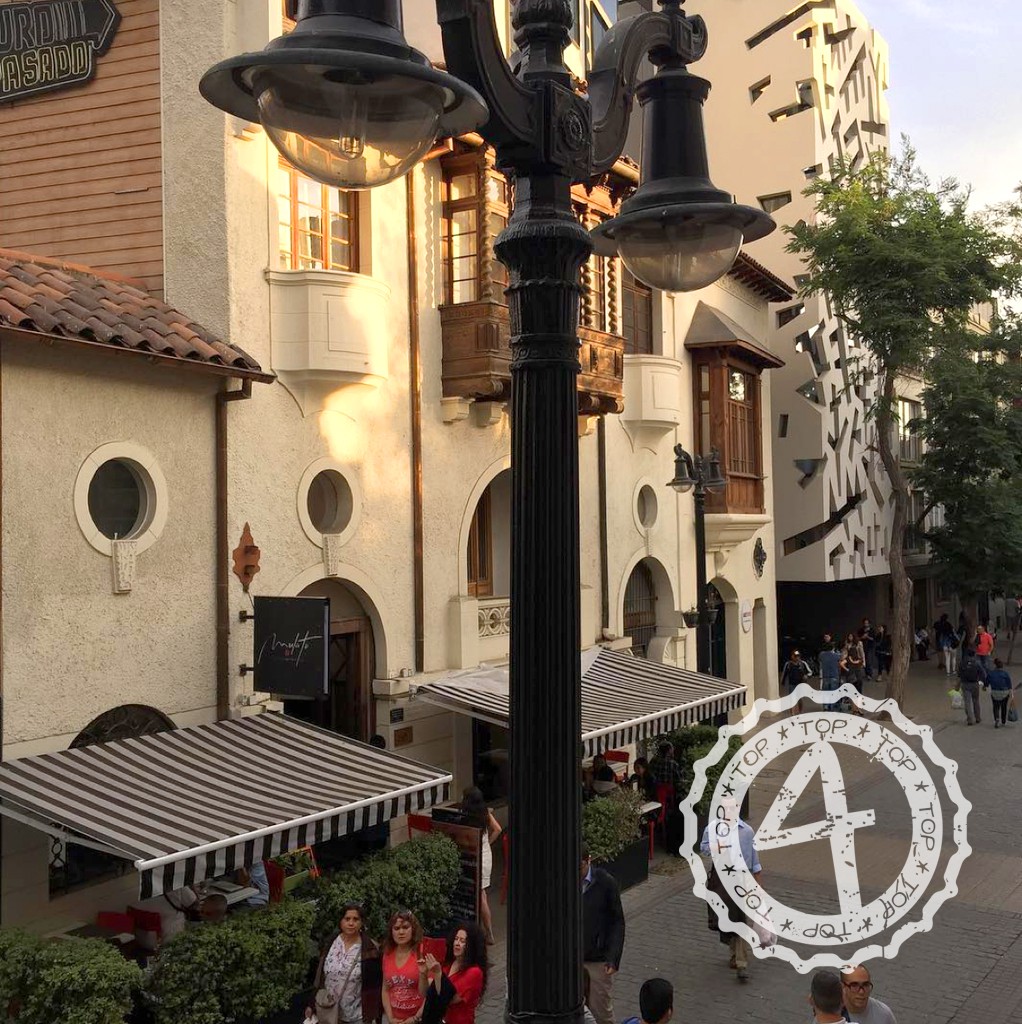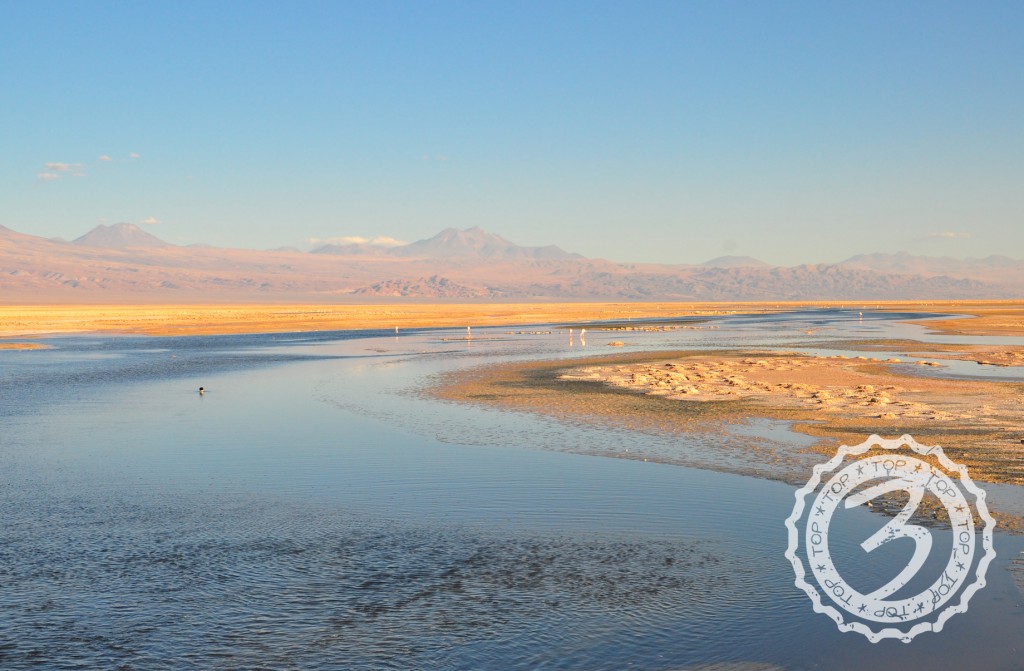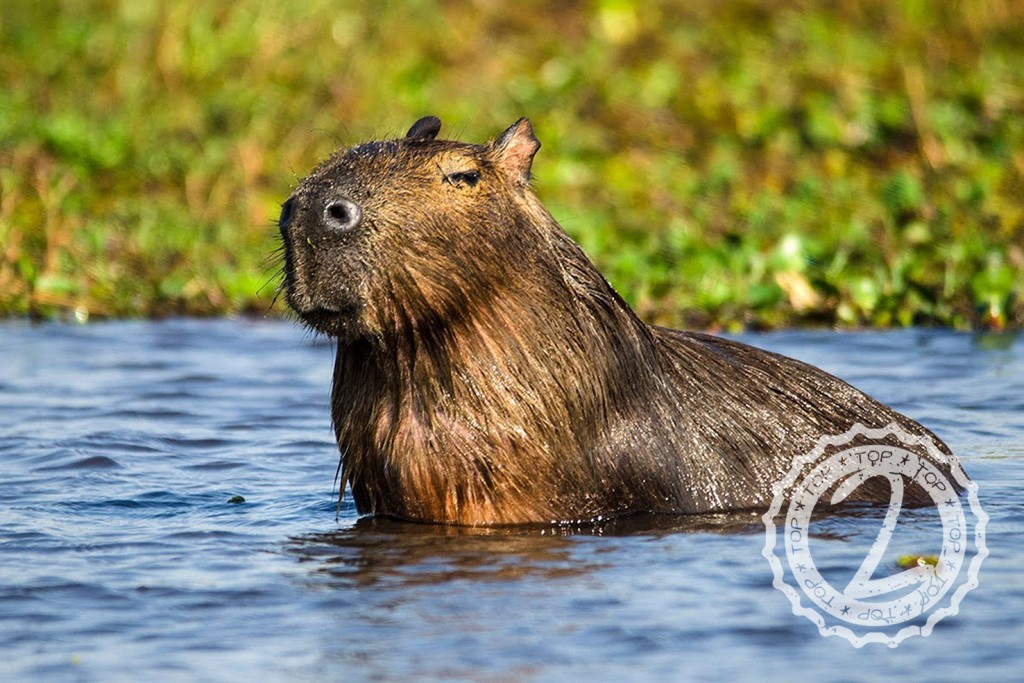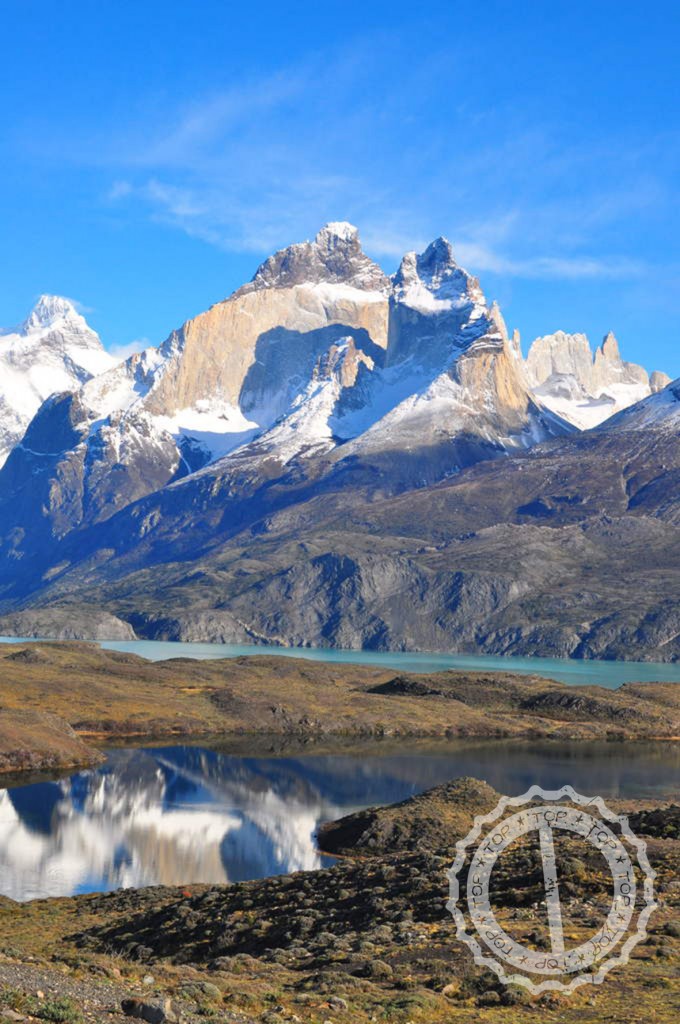Chile has a denomination problem. Large swathes of vineyards are grouped under umbrella classifications and Colchagua is one of them. The valley spans 120km with vineyards stretching from the coast, through the coastal mountains, into the fertile valley floor and creeping into the Andean foothills. It covers diverse territories and makes diverse wines. In a bid to differentiate the regions of Colchagua, the valley is often split into Costa (the coastal wines), Entre Cordilleras (the valley floor) and Andes (the foothills). Colchagua Andes makes some of the most distinctive wines in the valley so I was keen to get to grips with what marks it as distinct.
Alto Colchagua: Pushing viticulture to the edge in Colchagua Andes
Alto Colchagua refers to the higher altitude parts of the Colchagua valley, closer to the Andean corridor, which can also be referred to as Colchagua Andes. The majority of Colchagua’s vineyards are actually much lower down in the valley, on the flatter and more fertile soils. A small percentage of Colchagua’s vineyards, however, are planted in the foothills of the Andes mountain range.
The higher into the Andes you go, the wider the range of temperatures become. Daytime temperatures might reach peaks of 35°C, not dissimilar to temperatures further down in the valley. However the night time temperature will drop far lower. In the case of Sierras de Bellavista’s vineyard, for example, an average evening temperature during summer hovers around 6 or 7°C, making for a whopping great temperature range of over 20°C. That’s enough for you to need a different change of clothes for day and night, but it is a great benefit to making singular wines.
Characteristics of Colchagua Andes wines
While there’s inevitably a variation between different vineyards, producers and grape varieties, these are the general characteristics more common in Colchagua Andes wines (versus Colchagua Entre Cordilleras for example).
Colour
The intense sunlight at altitude gives a deeper colour to the wines. The vineyards are generally above the fog line, so when it comes to later-ripening red wines, expect deeply coloured wines.
Concentration
The soils on the hillsides are generally more rocky with less topsoil. These poorer soils tend to naturally drop the yield of the vine and produce more concentrated grapes.
Higher Acidity
Higher acidity goes hand in hand with the cooler climate and you can expect more of an acid backbone, giving structure to the wines of Alto Colchagua.
Lower sugar (and alcohol)
While the ripeness level varies greatly between the different altitudes of Alto Colchagua and also depends on the harvest date, in general the sugar (and therefore alcohol) level is lower than wine regions lower in the valley. The higher altitudes of Colchagua Andes vineyards make for a shorter ripening window (which can make certain varieties unviable).
Alto Colchagua producers & Colchagua Andes wines to try
Viña Koyle: Scaling up the foothills
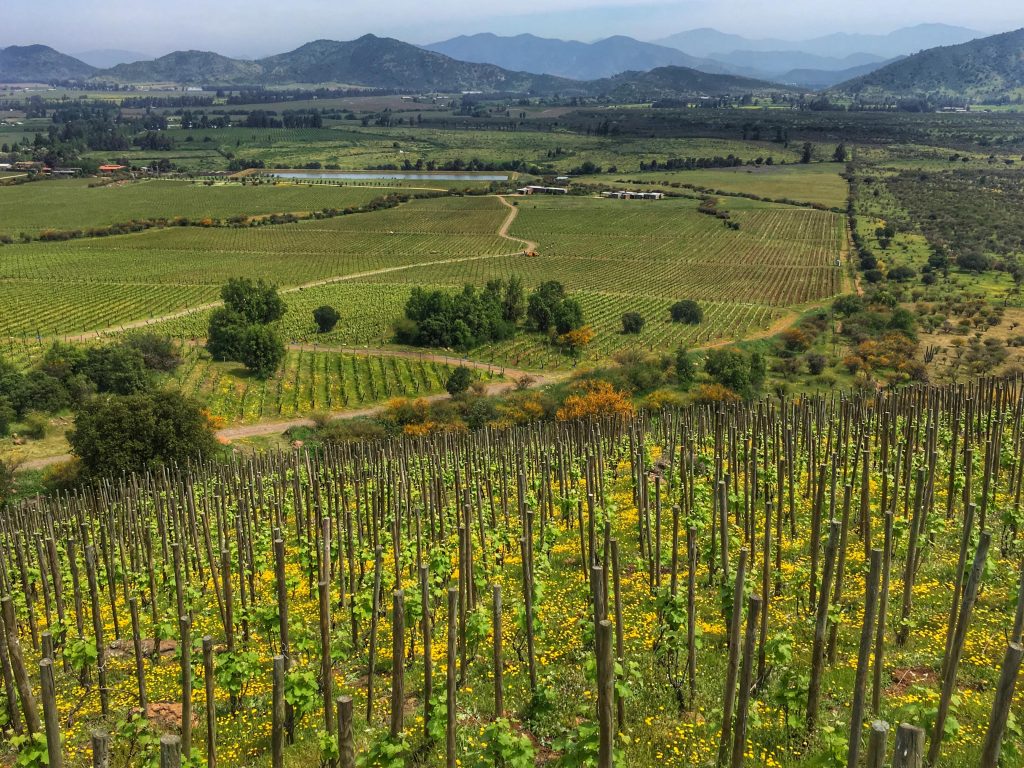
Viña Koyle’s biodynamic wine estate is located in Los Lingues, where they first planted vines in 2007. The original 35 hectares has now spread to 80 hectares and has gradually moved further and further into the foothills of the Andes. The pinnacle of their Colchagua Andes exploration has taken them up to an altitude of 420m on a basaltic outcrop. Here, on Cerro Basalto, the combination of poor soils, higher altitude and sunny north-western exposure gives them distinctive and deeply-coloured red wines with energy and freshness.
Koyle Cerro Basalto 2016: Mourvèdre, Grenache, Carignan, Syrah
A Mourvèdre (40%), Grenache (30%), Carignan (20%) and Syrah (10%) blend from their hillside with deep basaltic soils. This Mediterranean blend has bright notes of strawberry, spice and graphite. It is a very expressive, aromatic and energetic wine. A bright and delicious blend that’s juicy and long, a great wine for food and equally enjoyable on its own.
Koyle Cerro Basalto Cuartel G2 2016: Carmenère, Cabernet Franc
This blend of Carmenère (90%) and Cabernet Franc (10%) also comes from their basalt hillside. The first sensation to hit you in the glass is spice: a roasted red pepper with all its glorious smoke, spice and savoury notes. It makes your mouth water. On the palate there’s a softness to the fruit, it’s smooth, well-balanced and has a freshness to the finish.
Tumuñan: Small in size, big in ambition
Although Will Evelyn’s vineyard is only 1.2 hectares, the ambition of this boutique production stretches far further. At an altitude of 720 metres, it is one of the higher vineyards in Colchagua Andes and produces a distinctive Cabernet Sauvignon with fresh acidity and intense colour under the label Tumuñan.
- Read the full tasting notes on Tumuñan Lodge’s wines here.
Sierras de Bellavista: Mountain wines and altitude finesse
This passion project is only 4.5 hectares in size but its wines are already having a big impact. Planting at over 1000 metres above sea level was always a big risk and years like 2017, when they lost their entire crop to summer snowfall, prove how marginal the climate is. However, this vineyard is well worth the gamble because Sierras de Bellavista‘s wines stand out as some of the most interesting in Colchagua. A stellar Riesling and a delicate Pinot Noir are the first offerings from this volcanic vineyard, and Chardonnay is soon to follow.
 Sierras de Bellavista Riesling 2016
Sierras de Bellavista Riesling 2016
Citrus, blossom and flint aromas lead this Riesling, which is beginning to show its age with enticing petrol notes. On the palate it has an electric acidity with a textural finish. This is already one of the best Rieslings in Chile, and the vines are only five years old! One to watch.
Sierras de Bellavista Pinot Noir 2016
Incredibly light in colour, this is a delicate Pinot Noir with aromas of fresh strawberries and red berry fruit. There’s some earthy-mineral complexity coming through now, after a bit of time in the bottle. However, this wine is predominantly characterised by fresh, crunchy fruit with an aromatic finish.
Read more on Alto Colchagua:
- Discovering Alto Colchagua and it mountains
- A visitor’s guide to Colchagua Andes
